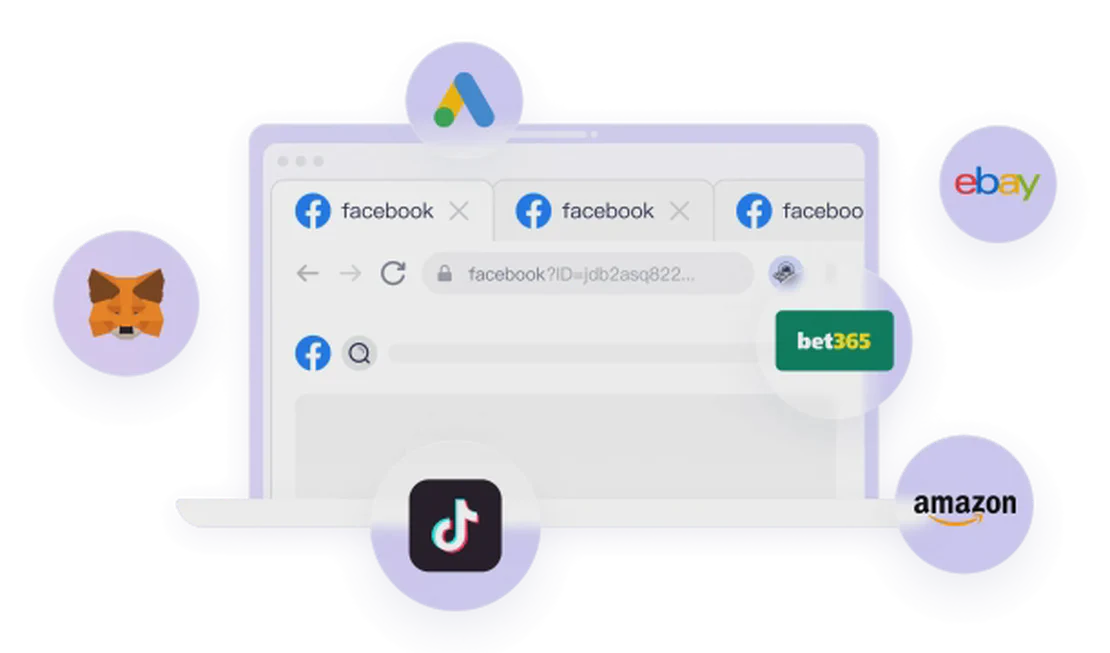UserAgents.io is a simple yet powerful free online tool that helps you quickly parse your User-Agent (UA) string. Whether you are a developer, a digital marketer, or a user interested in online privacy, understanding your User-Agent is crucial. Here, through 10 common questions and answers, we’ll give you a comprehensive overview of User-Agent and how to use related tools to protect your online identity.
10 Questions and Answers about User-Agent
1. What is a User-Agent? A User-Agent is a string in an HTTP request header that contains information about your browser type, version number, operating system, rendering engine, and more. When you visit a website, your browser automatically sends this string to the server, letting the site know what kind of device and software you are using to browse.
2. What is the purpose of the UserAgents.io website? The main function of UserAgents.io is to parse User-Agent strings. You can visit the site, and it will automatically display and analyze your current browser’s UA string, breaking it down into easy-to-understand parts like the operating system, browser name and version, device type, etc. This is very useful for developers debugging or for regular users to understand what information they are exposing.
3. What information does a typical User-Agent string contain? A UA string usually includes:
- Browser Name and Version: e.g., Chrome/127.0.0.0.
- Operating System and Version: e.g., Windows NT 10.0 (for Windows 10/11) or Macintosh; Intel Mac OS X 10_15_7.
- Rendering Engine: e.g., AppleWebKit/537.36.
- Device Information: e.g., Mobile (indicating a mobile device).
4. Why does my Chrome browser’s UA include “Mozilla” and “Safari”? This is a legacy issue from history. In the early browser wars, websites would provide certain advanced features based on whether the UA contained “Mozilla.” To achieve better compatibility, almost all modern browsers (including Chrome, Edge, and Safari) include “Mozilla” in their UA strings to indicate they are “Mozilla-compatible.” Similarly, they also include identifiers like “AppleWebKit” and “Safari” to ensure pages optimized for these engines render correctly.
5. How do websites use the User-Agent? Websites primarily use the UA to:
- Deliver Adapted Content: Display different layouts for desktop versus mobile devices.
- Ensure Feature Compatibility: Provide specific CSS styles or JavaScript functions for different browsers or versions.
- Data Analytics: Analyze the distribution of visitors’ devices and operating systems.
- Identify Bots: Recognize and handle visits from search engine crawlers (like Googlebot).
6. Can a User-Agent be faked? Yes, User-Agent strings can be easily modified or spoofed. Many browser extensions and developer tools allow users to customize their UA string. This enables attackers to impersonate other devices or browsers and makes authentication methods that rely on the UA unreliable.
7. Is the information in a User-Agent always accurate? Not necessarily. Due to historical compatibility issues, some information might be intentionally “frozen.” For instance, since the releases of macOS 11 and Windows 11, major browsers continue to report the OS version in their UA as “Mac OS X 10_15_7” and “Windows NT 10.0” to avoid breaking parsing logic on older websites. Therefore, the UA may not 100% accurately reflect the latest operating system version.
8. Does the User-Agent pose a privacy risk? Yes, it does. A detailed User-Agent string is part of your unique “browser fingerprint.” By combining the UA with other browser characteristics (such as fonts, screen resolution, plugins, etc.), websites and advertisers can identify and track your online activities with high accuracy, even if you clear your cookies.
9. Are there other tracking technologies besides User-Agent? Yes, besides the UA, common browser fingerprinting techniques include Canvas fingerprinting, WebGL fingerprinting, font fingerprinting, and audio fingerprinting. These techniques generate a highly unique identifier by capturing the subtle differences in your browser’s environment.
10. Is there a new technology to replace the User-Agent?
Yes. To address the messy format and privacy concerns of the UA, the community has proposed a new standard called User-Agent Client Hints (UA-CH). It transmits information through a more structured and secure set of Sec-CH-UA series request headers, allowing the browser to provide only necessary information to the server, thus better protecting user privacy. However, it is still in the process of being adopted, and UA remains mainstream.
Protect Your Digital Fingerprint with FlashID
As we’ve seen, your User-Agent is just one of many environmental parameters you expose online. Modifying the UA alone is not enough to prevent tracking, as websites combine it with dozens of other parameters like Canvas, WebGL, and fonts to identify your “fingerprint.”
To achieve true anonymity and prevent linkage, you need a professional solution. FlashID is a fingerprint browser built for this purpose. It does more than just modify the User-Agent; it creates completely independent and authentic virtual environments for each browser profile. From the operating system and browser version to screen resolution, Canvas, and WebGL fingerprints, FlashID can perform deep simulations, making each profile’s fingerprint look like that of a real, separate, ordinary user.
This enables you to effectively prevent platforms from detecting correlations when managing multiple accounts, conducting digital marketing, verifying ads, or scraping data, thereby protecting your accounts and digital identity.
You May Also Like
